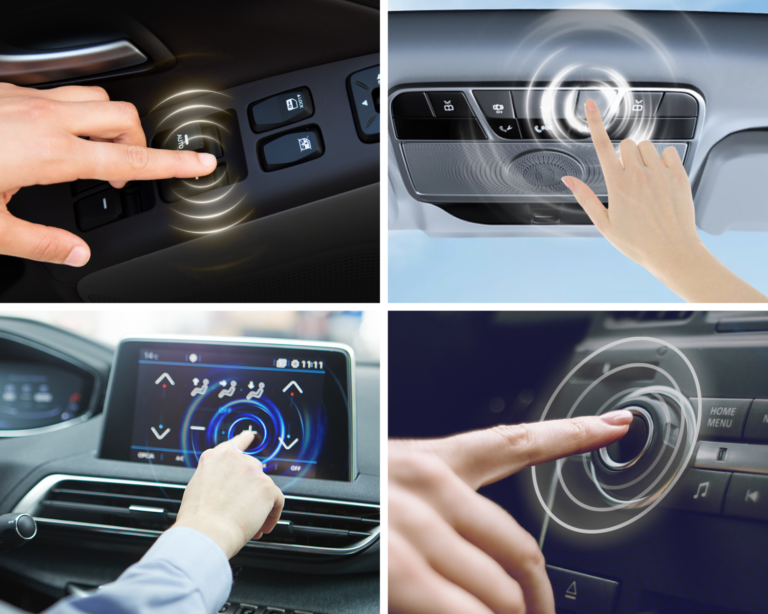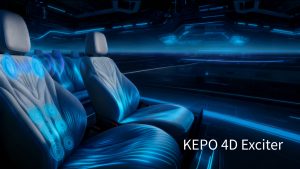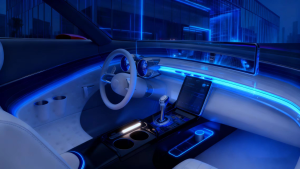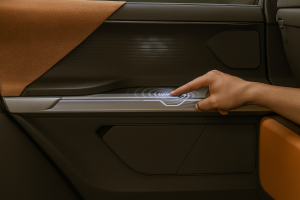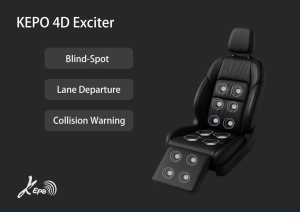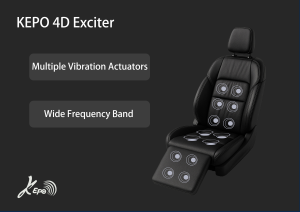テクノロジーが進歩するにつれて, タッチテクノロジーはさまざまな業界の重要な部分になりつつあります, 特に自動車部門で. 車両内, touch modules play a pivotal role in improving human-machine interaction, making it more intuitive and user-friendly. This blog explores how Kepo’s vibration haptic components are transforming the driving experience, enhancing both interaction and usability for drivers and passengers alike.
Enhancing Interaction with Haptic Feedback
Haptic exciters are key to providing users with physical sensations, allowing them to feel vibrations during device use. This tactile feedback makes interactions more engaging and responsive, creating a more immersive experience. These actuators, powered by motors and control circuits, generate mechanical vibrations. As technology evolves, the sophistication of these systems has increased, allowing for a wider range of tactile sensations that can be tailored to user preferences.
The Advantages of Kepo’s Vibration Haptic Components
Kepo’s vibration actuators are driven by linear motors that use alternating currents, enabling fast start-stop performance and adjustable frequencies. These capabilities allow for nuanced vibrations, providing a more refined tactile experience. さらに, their large contact area enhances the intensity of the feedback, resulting in a stronger and more impactful sensation that significantly improves user interaction.
Applications in Touch Panels and Buttons
Kepo’s haptic feedback solutions are designed to work seamlessly with touch panels and buttons, ensuring users receive precise tactile feedback with every touch. By utilizing different waveforms, the vibration feedback can replicate a wide range of tactile effects, offering a highly immersive and detailed experience. This not only boosts operational accuracy but also enhances safety by reducing distractions caused by unintentional touches. In modern vehicle cabins, this technology revolutionizes the user experience, providing innovative solutions for vehicle interfaces.
The Future of Touch Technology
先を見ています, the integration of artificial intelligence and 5G will make vehicle touch modules even more intelligent and adaptable. Future touchscreens will serve as advanced human-machine interfaces, deeply integrated with in-car systems to enable smarter automation. 例えば, combining touchscreens with voice assistants could make vehicle operation even more efficient, creating a smoother, safer driving experience.
By advancing the integration of haptic feedback and smart technologies, Kepo is paving the way for the next generation of interactive automotive experiences.

